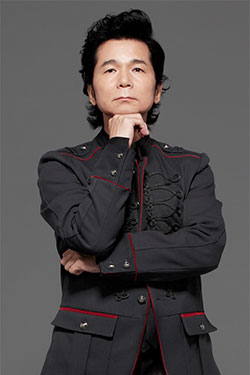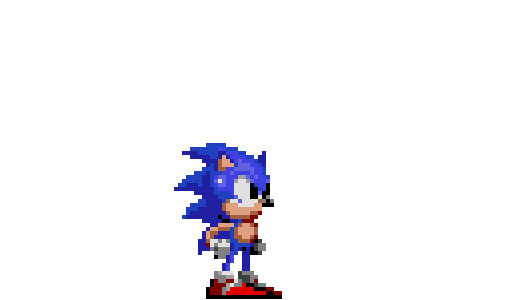The ‘Continue Sound’ from Sonic the Hedgehog is a series of arpeggios ascending and decrescendoing.
 The arpeggios make up the first five chords of the C Major scale—C major, D minor, E minor, F major, and G major, just like “Doe, a Dear”. It has a pedagogical quality, though it is very musical, like this blog. An extended version of the Continue sound found its way into the Los Doggies song “Major Minor Minor Major”.
The arpeggios make up the first five chords of the C Major scale—C major, D minor, E minor, F major, and G major, just like “Doe, a Dear”. It has a pedagogical quality, though it is very musical, like this blog. An extended version of the Continue sound found its way into the Los Doggies song “Major Minor Minor Major”.
Arpeggios were a necessary part of the early Nintendo sound card, limited to just 3 voices for melody and harmony, and a noise channel for rhythm. This shaped the horizontal sound of gaming’s Golden Age, and established the need for arpeggios in order to express complex chords. There was also a strong Prog-Rock and Metal influence on the Japanese composers. Sega soundtracks were even more metal, with its 16-bit Arcade timbres, and overall rebellious teen attitude, ready to dethrone Mario as King of Vidya.
Masato Nakamura, composer of Sonic 1 & 2, faced the same sound card limitations of 3 voices and a noise channel, as well as the inherent groove of the game, what distinguishes the blue hedgehog from the Italian plumber—Speed! That means quick tempos all around, with heavy back-beats, and driving rhythm. “Green Hill Zone” serves as but one example of the hi-paced Pop masterpiece that is Sonic 1. Mario could only approach that speed with time running out on the clock.
Let’s hear what Nakamura-san has to say.
“I wanted ‘Sonic’ to come across as cinematic.
I wanted melodies that the player would hum along with as they were playing, dramatic music for when the scenes were intense, climactic music for when bosses would show up, and then tie it all together with an uplifting theme for the end credits. That was what I knew I wanted it all to be like.
Nowadays, RPG’s use this sort of musical technique a lot, but at the time, action games like ‘Sonic’ didn’t.
And so, from watching movies, I composed melodies that kept the game tempo in mind without sounding unnatural. I also wanted to make sure that the music didn’t loose its groove. After all, one of Sonic’s key elements lies in speed.”
Like Mario, the classic sounds of Sonic and much of his soundtrack are in the key of C Major. But Koji Kondo of Super Mario Bros. is a far more corny kind of dude than our Nakamura-san. He doesn’t mess around with the samba or the waltz. Let’s just say, it’s clear Mr. Masato is in a band. But would you suspect he’s the bassist?!
“The power that music has is really amazing. I keep saying it, but it always feels really wonderful to hear people humming those tunes.
When I walk by arcades, I’ll hear crane game machines playing ‘Sonic’ music, and I’ll just stop there, and listen, and I’ll cry a little bit from all of the memories.”

Leave your Sonic melody memories below.



